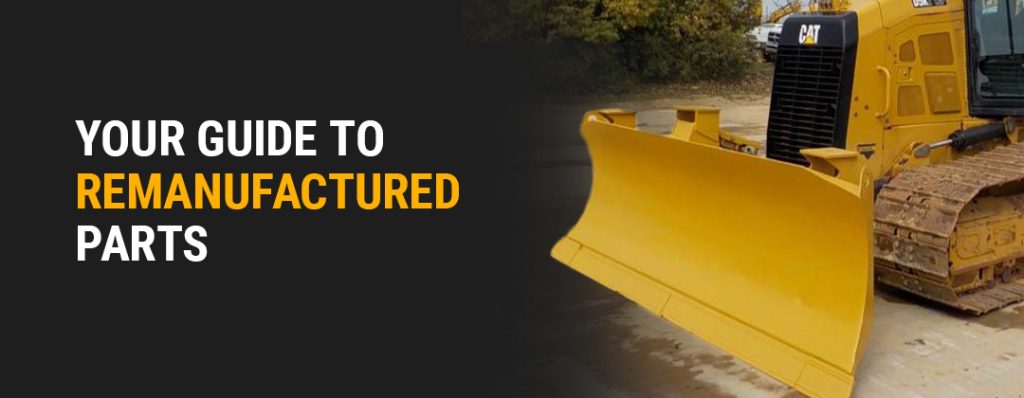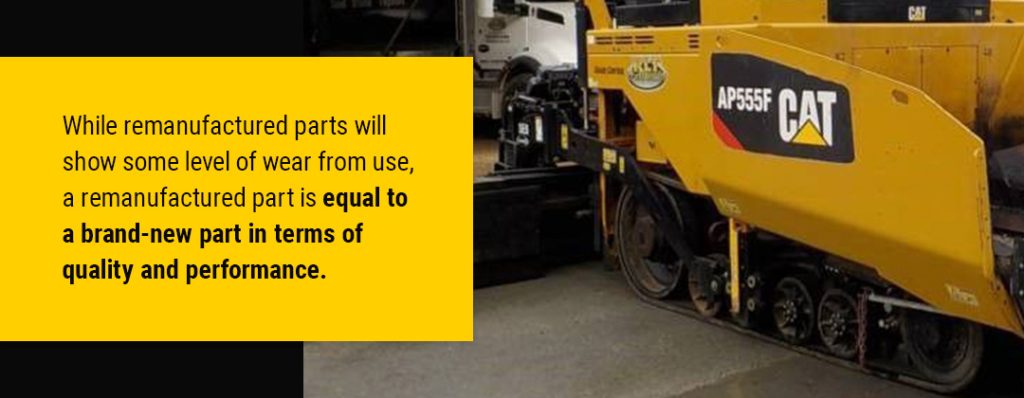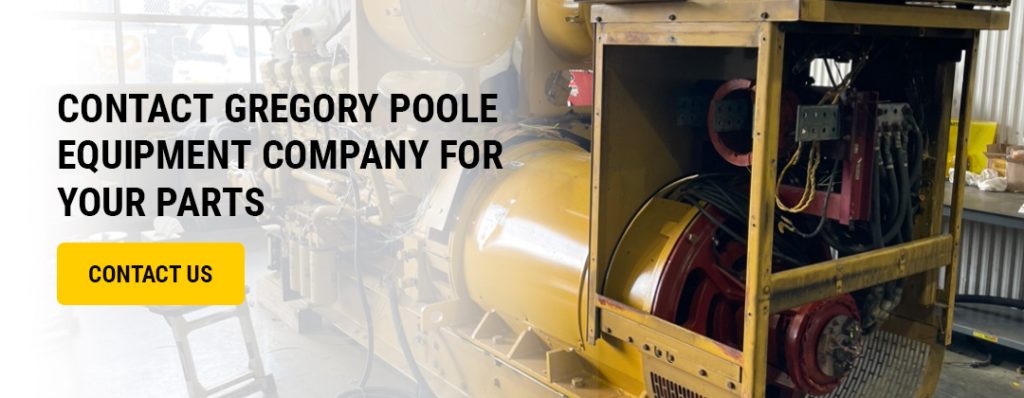
Some industries will replace parts with new ones when they’re worn down or stop working. However, most parts can be restored to full functionality if you know how to use the right tools and have the proper technical knowledge. Remanufacturing is also known as product recovery.
Below, you’ll learn everything you need to know about remanufacturing parts, including what it is, how it compares to other forms of product recovery, whether these parts are as good as new parts and the benefits of remanufacturing.
Remanufacturing a part refers to restoring components of specific parts to help establish their functionality, eliminating the need to buy brand-new parts. Remanufacturing allows you to take parts from engines, electronic equipment and industrial equipment that are non-functional or worn down and return them to a functional condition that meets the requirements of your business.
Another type of product recovery includes reconditioning, which some industries use as an alternative to remanufacturing. While reconditioning and remanufacturing processes fall under the same umbrella term of product recovery, there are distinct differences between the two.
Reconditioning also involves replacing worn or damaged components. However, the difference between reconditioning and remanufacturing is that reconditioned products can’t use the product’s warranty.
Remanufacturing is a meticulous process that allows your parts to return to their original specifications, helping you maintain your product warranty. If you’re worried about losing your warranty by replacing a part, you should choose remanufacturing over reconditioning to ensure you can still meet the conditions of your warranty.
Remanufacturing often occurs in large production sites optimized for the process. These locations typically follow a quality assurance program to ensure each remanufactured product meets the proper quality levels throughout each process stage. The steps of remanufacturing include:
The first step of the remanufacturing process is to disassemble the part. Parts that can’t be remanufactured are thrown out, and a careful inventory of components is taken to ensure they’re kept track of throughout the process. Some remanufacturers will sort the parts and use a number system to identify them to ensure they’re not lost during the process.
The next step of the process is to thoroughly clean each component to help return them to their original state. Several cleaning treatments are used during this stage depending on the specific components, including sandblasting, hot water treatments and ultrasonic cleaning.
Thoroughly cleaning each part is essential before the other steps in the remanufacturing process to ensure the final product meets quality standards.
Once each component is cleaned, they’re subject to intensive inspection. This inspection helps determine whether the parts are reusable. These inspections are conducted visually and with specific testing equipment to measure if the component’s tolerances are within an acceptable range. Components that don’t pass inspections will be thrown out.
After the inspection, components will be sorted according to their specific category, which helps track them as they move through the remanufacturing process.
Once the reusable parts are collected, they’re reconditioned through several processes, including grinding or galvanizing. Components that had to be thrown out in previous steps are replaced with new parts, ensuring the final product will operate at peak functionality.
After reconditioning and replacement, all the components are collected and reassembled to resemble the original product. This step is done carefully to ensure the quality of the completed product.
The final step of remanufacturing is a performance test. This testing helps ensure the product meets its original specifications and warranty requirements. Testing will also look for any errors that could have occurred throughout the other steps in the remanufacturing process. If any errors are detected, these problems will be remedied, and the part will be retested to ensure it meets quality standards.

Built or remanufactured parts sometimes have some of their components replaced. While remanufactured parts will show some level of wear from use, a remanufactured part is equal to a brand-new part in terms of quality and performance. These parts are just as reliable as a new part.
The reason that remanufactured parts are just as good as new parts is because the process is meticulous and highly detailed. Professionals who remanufacture products pay attention to the details and aim to make products as high quality as their original state.
There are many ways remanufactured parts can be beneficial to you and your business:
Choosing remanufactured parts is a no-brainer for many people. The process can help you reduce your waste, improve product quality and save money. Specifically, this process can also be a much faster process than purchasing a new part.
Rather than waiting for a new part, especially with material shortages, you can remanufacture parts to restore them to their original quality and receive them in less time, which can help you get back to business and improve your productivity.

If you want to remanufacture your parts or find a replacement for parts that can’t be remanufactured, Gregory Poole Equipment Company can help. We have over 70 years of experience serving entities in North Carolina, offering new, used or rental Cat® equipment and parts. Trust us to be your one-stop shop for all your heavy equipment needs.
We also offer strong product support after the sale, ensuring you get the help you need. Our team members can answer any questions you have and guide you in the right direction to help you keep your business running. Contact us today to learn more about our products and how we can help you make the most of your parts.